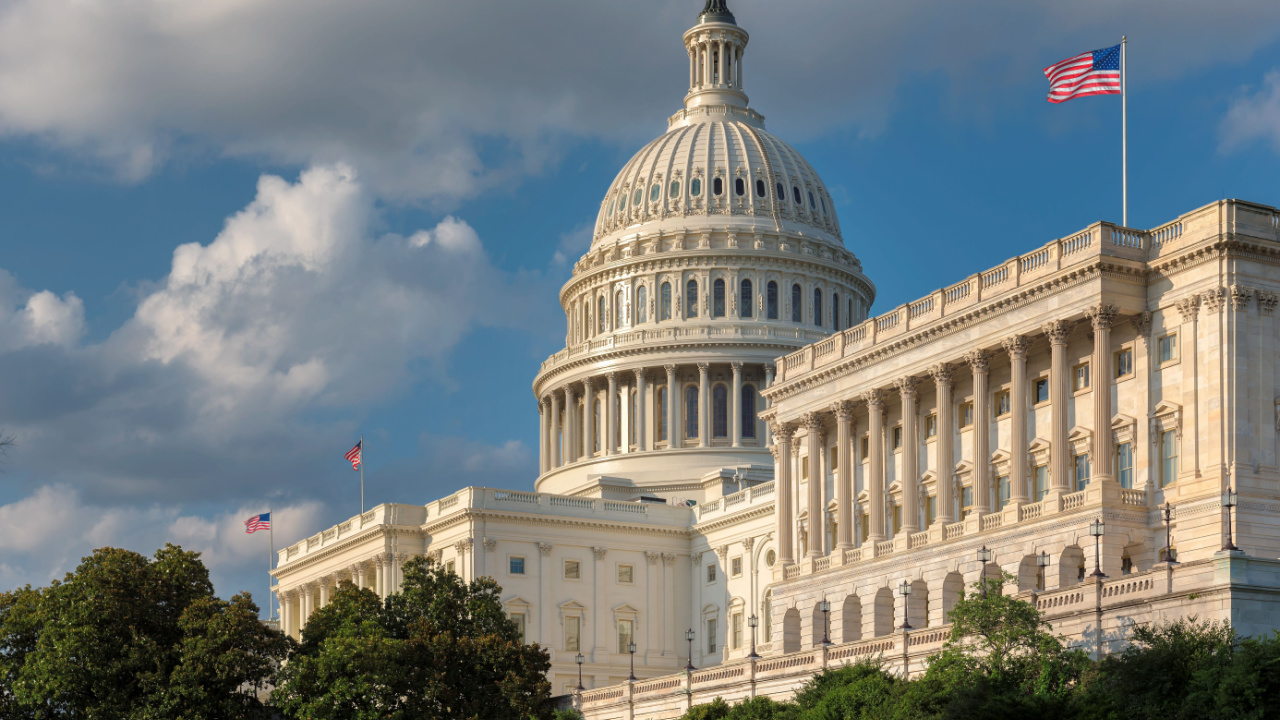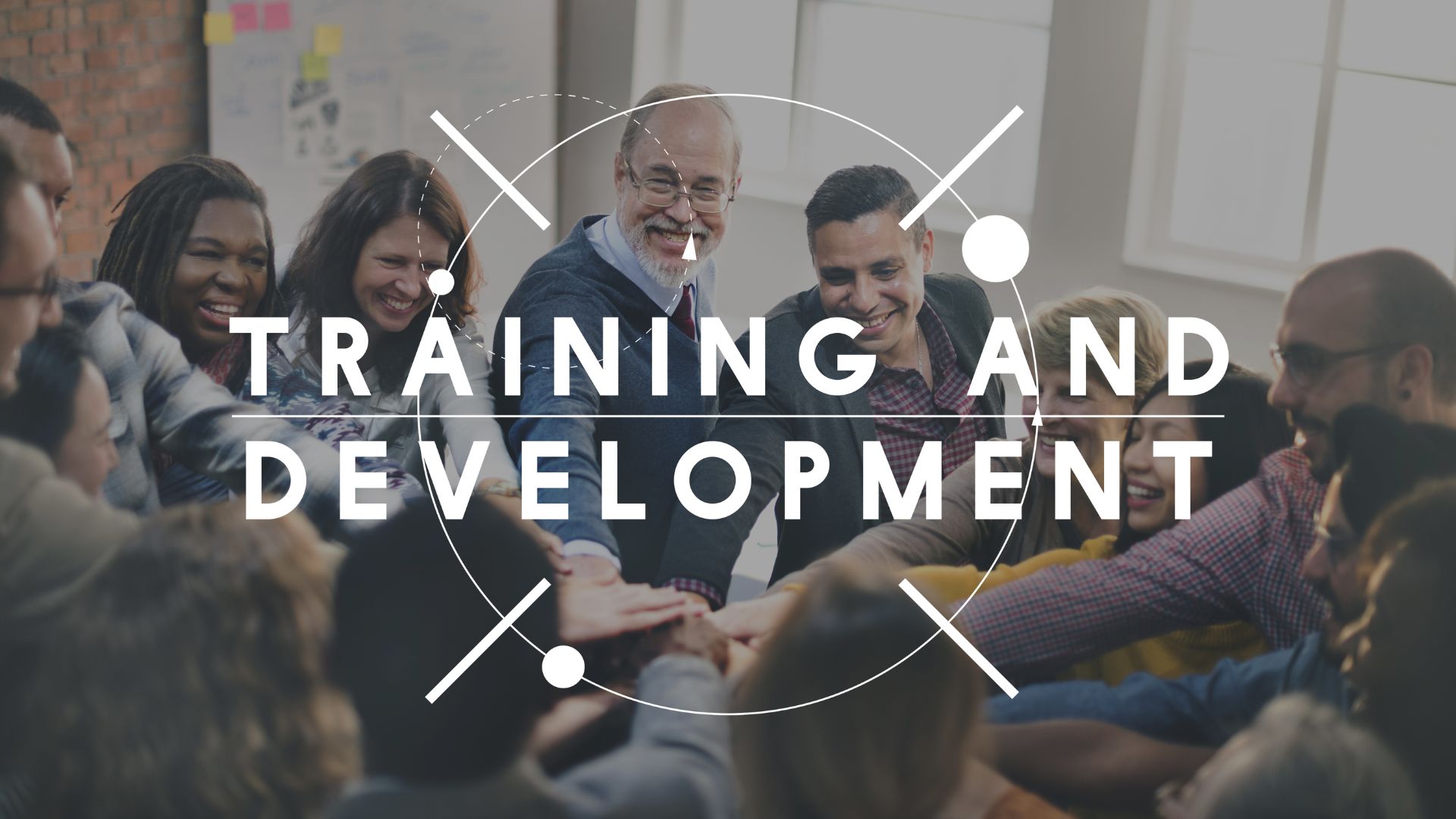With talent shortages in key industries, new career pathways are growing – from apprenticeships to career-connected college programs to on-the-job upskilling. These solutions provide more roads to opportunity for students and adults. The problem? Navigating these roads does not come with directions and “missing directions” can be especially damaging to students’ futures.

How can we let Gen Z know these roads exist in the first place? Why do we expect students to aspire to careers they may not even know exist? There are many barriers that stand between students and great careers, but information on growing careers and the pathways to get there should not be one of them.
Where is the Misalignment?
New industries and technologies are rapidly transforming jobs, but students’ career expectations haven’t changed much since 2000, when the OECD said “labor market signals are failing to reach young people.” These missed signals have severe impacts on students’ futures, particularly the 57% of high school graduates taking more direct career paths rather than enrolling in four-year programs.
According to College Board research, the majority of high school graduates take alternative routes, but only 20% have heard a lot about non-four-year options. Given students’ lack of awareness, we have to ask how much of today’s talent misalignment is due to missing information?
As Gen Z becomes more concerned with gaining future-proof skills, students are demanding more career information in high school. More than 80% of students expressed that they want more career exploration opportunities in high school and only 58% of students said that they have enough information to decide the best plan for after graduating high school.
Career Planning Should Start Earlier and Shouldn’t Fall on Individuals
Jobs for the Future and the College Board investigated the career navigation process and confirmed that career development begins at a young age as students first start thinking about what they want to do (and should ideally be underway by grades 11 or 12), rather than a lightbulb-like “moment of choice” later in life. Career planning isn’t a linear process, it’s informed by key influencers like family, peers, school, and other social realms. In the best-case scenario, these influencers curate research and share it with students.
More realistically, these influencers may be preparing students for jobs that are phasing out, or no longer exist. Or worse, a student might not have any support at all. The problem isn’t the influencers themselves – parents and schools shouldn’t be expected to be labor market experts.
How Systems Can Better Support Students Career Navigation
Instead of placing the onus on students, families, and schools to solve all career decisions, we should bolster the practices and policies that support these audiences. The College Board is already in dialogue with students across the nation, which is why we created BigFuture, a free online platform used by more than 15 million people to navigate high-quality career and education pathway information.
Early insights confirm that the career exploration tools increase students’ hope, motivation, and excitement about their future. That’s why this fall, students received an invitation to use these free career exploration tools via their digital PSAT score reports which include regularly updated labor market information powered by Lightcast.
As Tracey Morman, Director of Counseling/College & Career Readiness Title IX Coordinator, Amarillo ISD explains, “Educators can’t also be labor market experts. When it comes to the careers students get to see, it shouldn’t be limited to who or what that student’s principal or counselor knows. That’s not equitable.” With national resources like BigFuture, “students in Amarillo are able to get national exposure and connections outside of their 150-mile radius.”
But preparing students for careers can’t end with just exposure, which is why programs in development such as College Board’s Career Kickstart aims to offer all high school students the opportunity to earn a tri-credit for in-demand careers – high school credit, college credit, and industry-recognized credentials.
Regional, on-the-ground solutions are necessary too. For example, innovative programs like SparkNC collaborate with industry partners to give students real insight into tech jobs. Spark Oregon and Oregon STEM are connecting students with local employers, and 82% of students said they gained a clearer sense of direction about their post-secondary plans.
Caring adults in students’ lives must also be a part of the conversation. Together with the National Career Development Association, BigFuture created a Table Talk guide to help adults initiate conversations with teens on careers and the steps to get there.
There is no singular solution to address all obstacles students face. But of all of the barriers a high school student may face, access to information on career pathways should not be one of them. Career navigation support should be scaled at every level to reach all students – from national institutions to local, on-the-ground interactions. Let’s solve the information barrier so that all students have a better shot at unlocking opportunities. Career decisions matter too much to leave them up to chance.
Allison Danielsen is the executive director of BigFuture Careers and Partnerships











